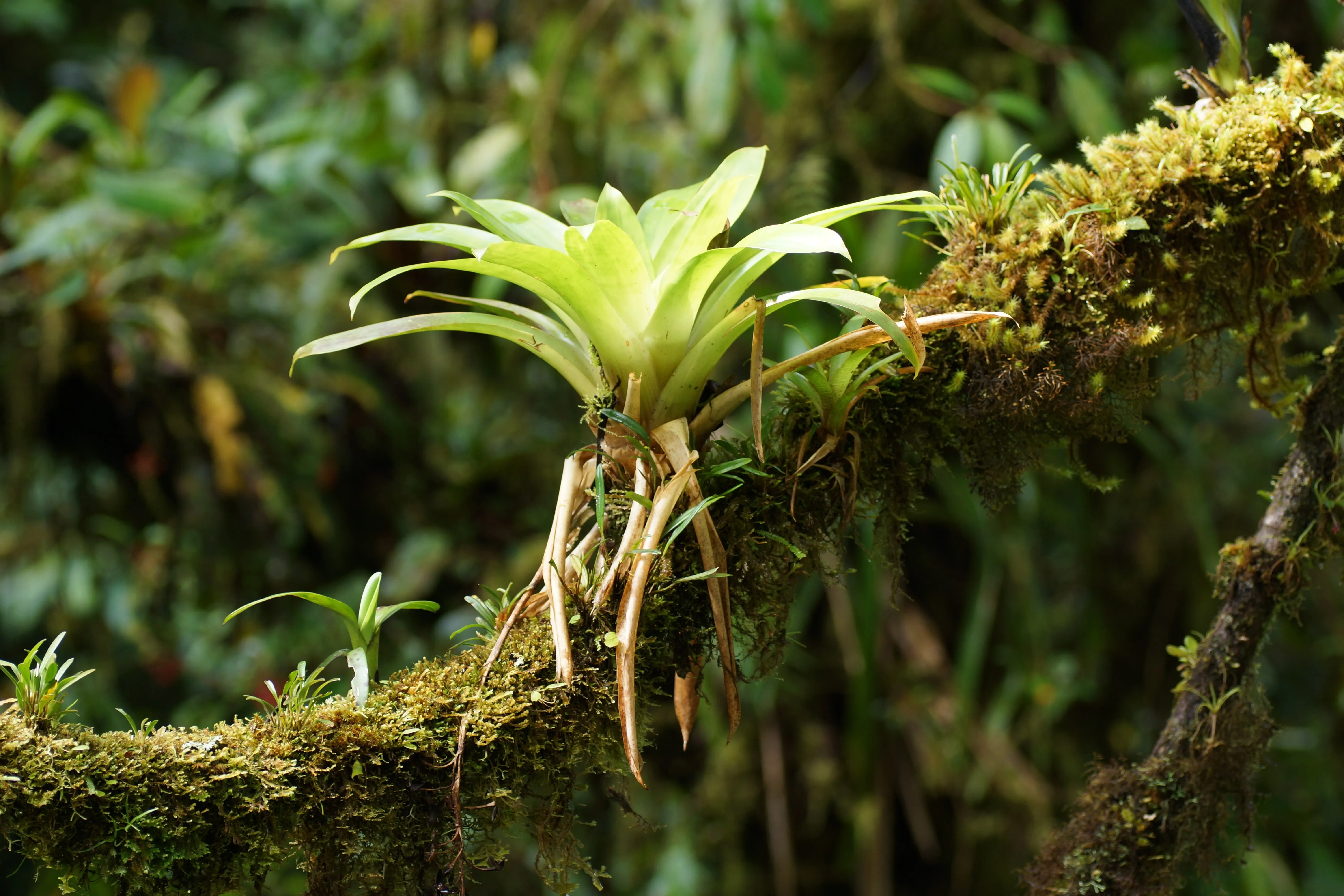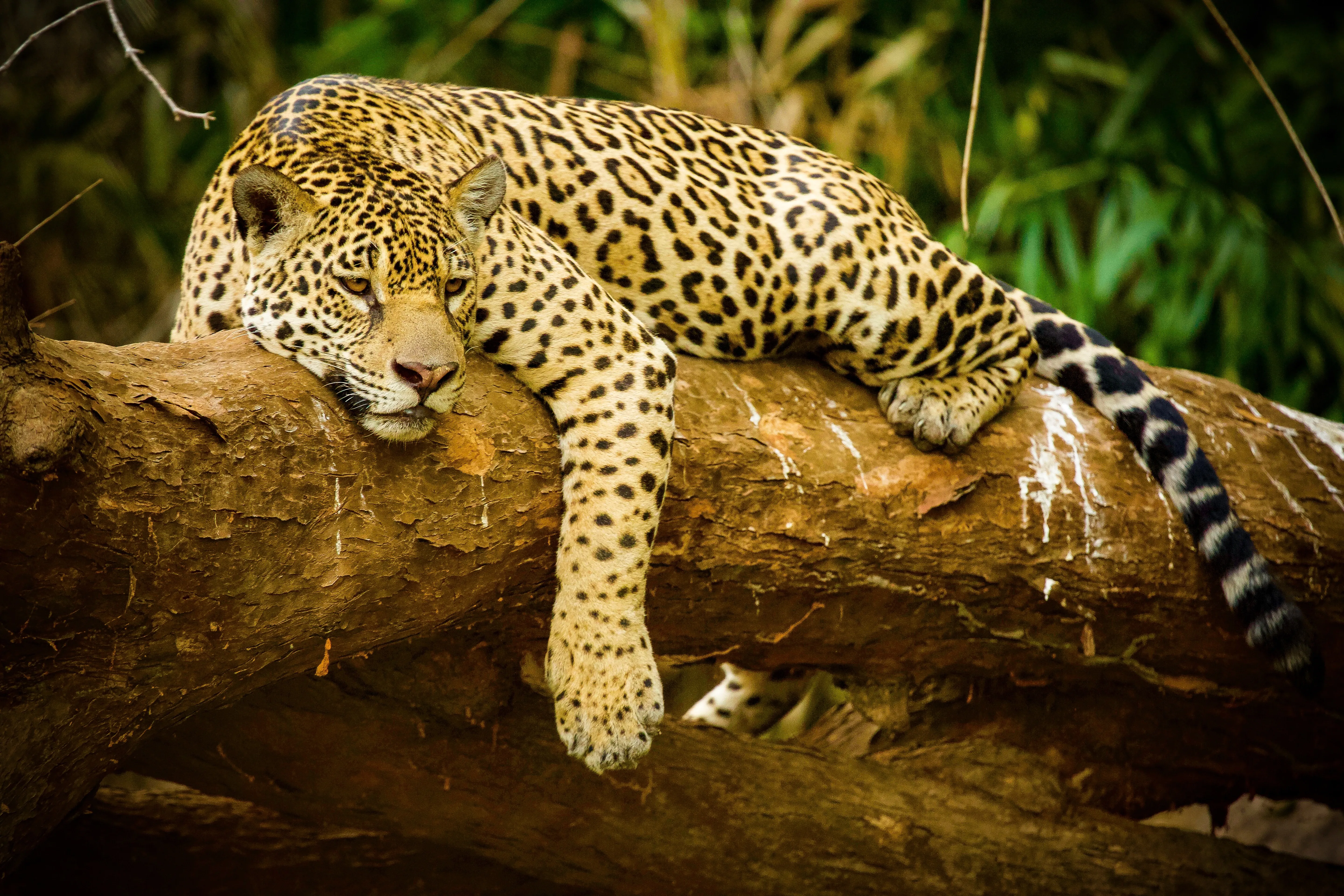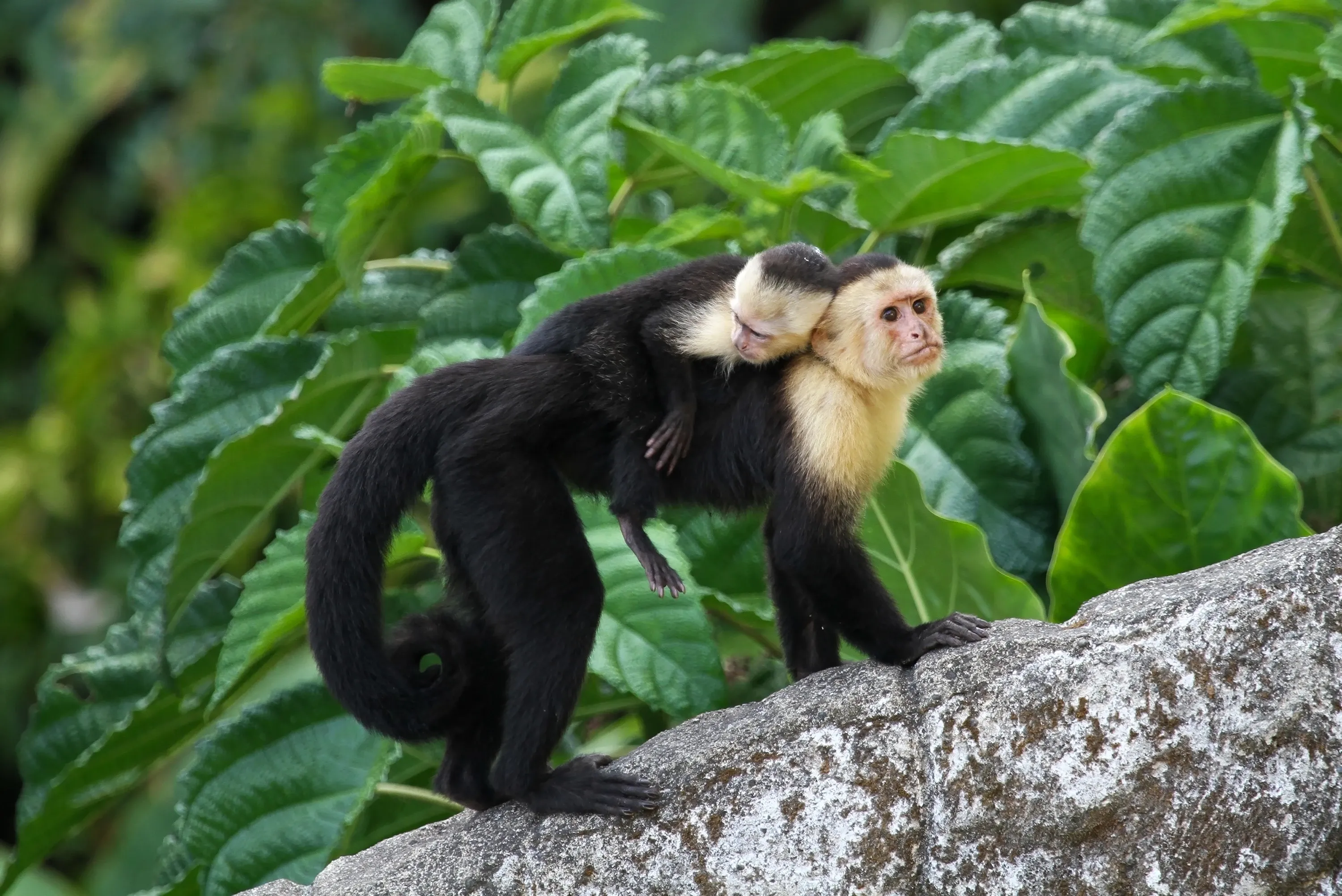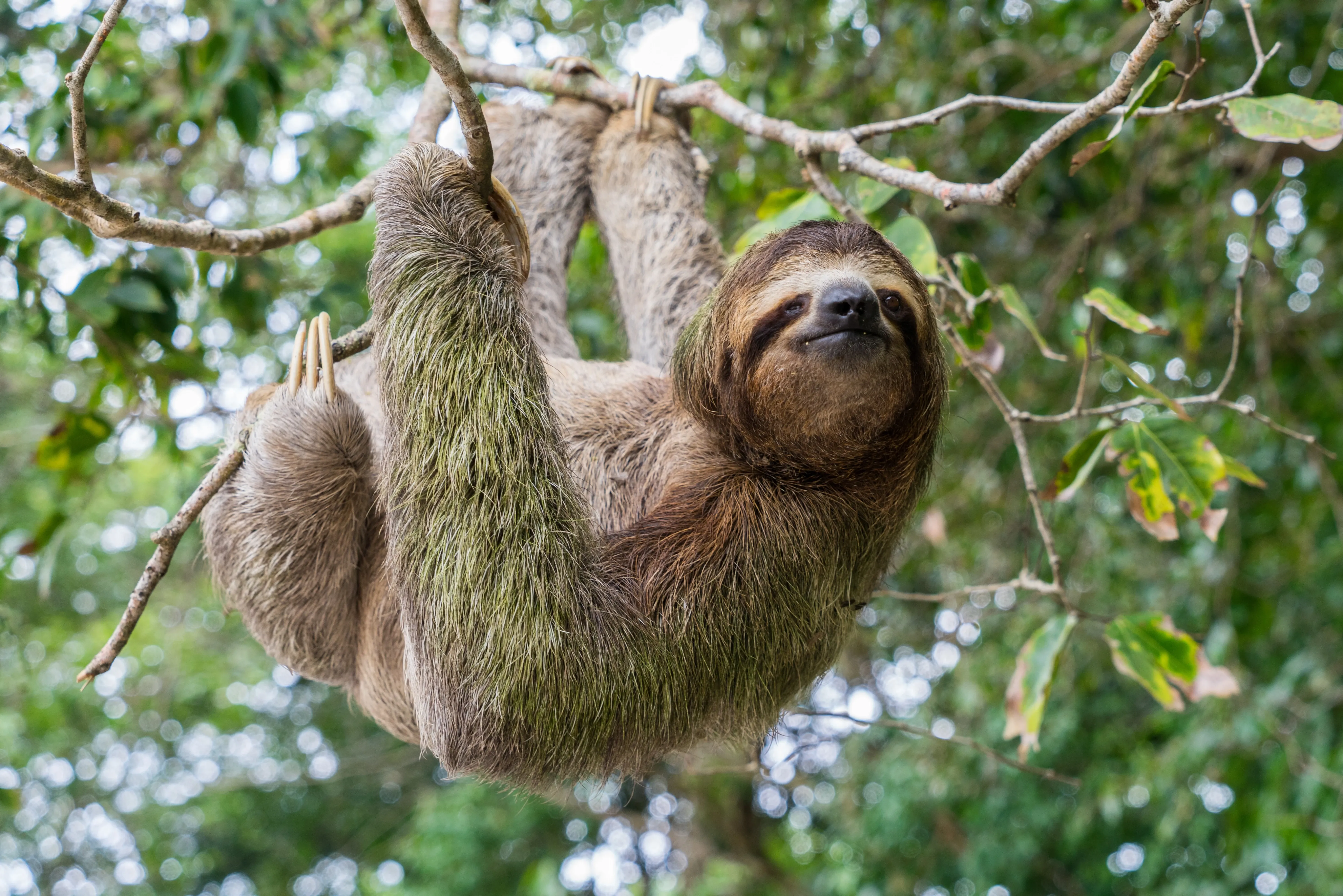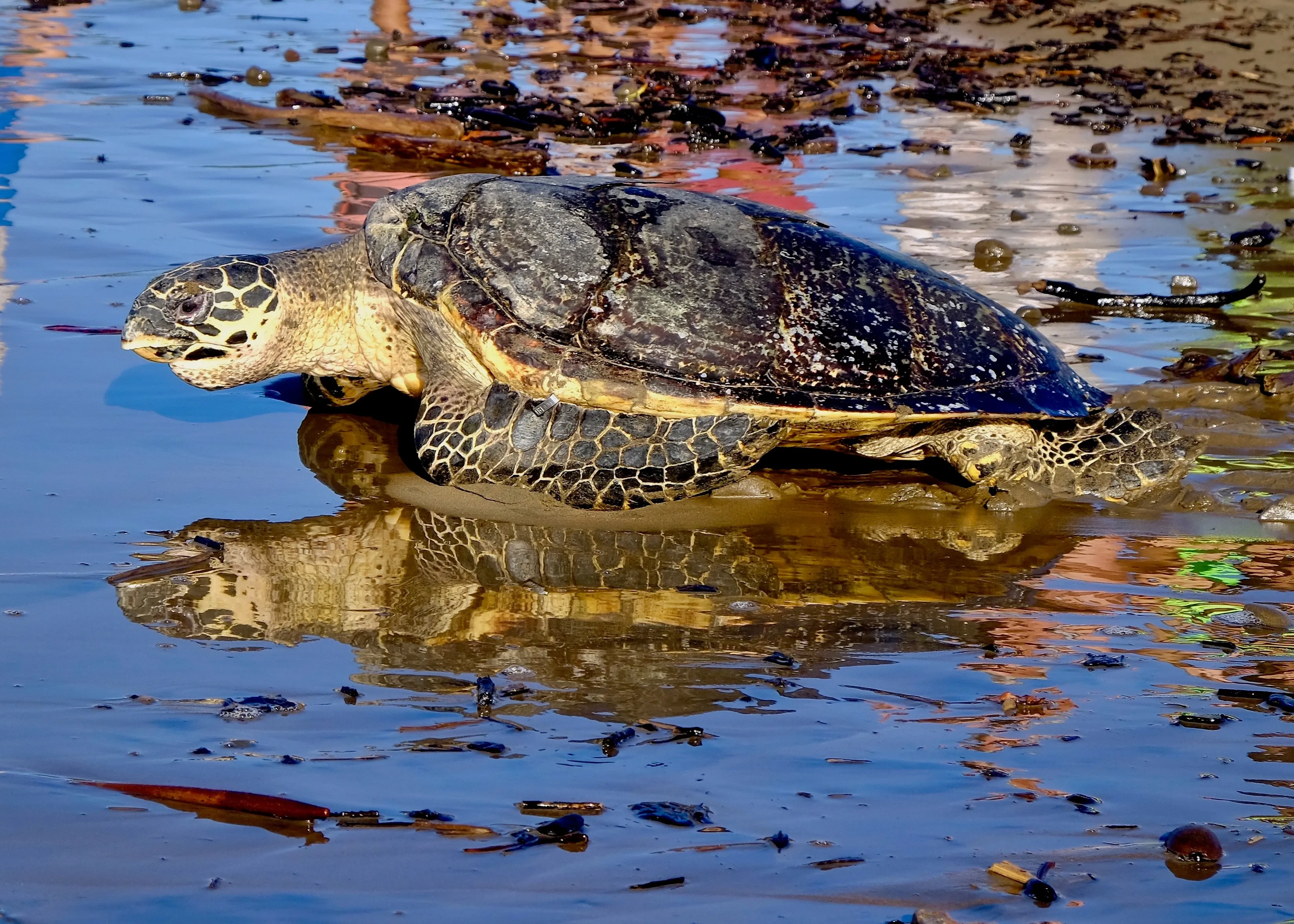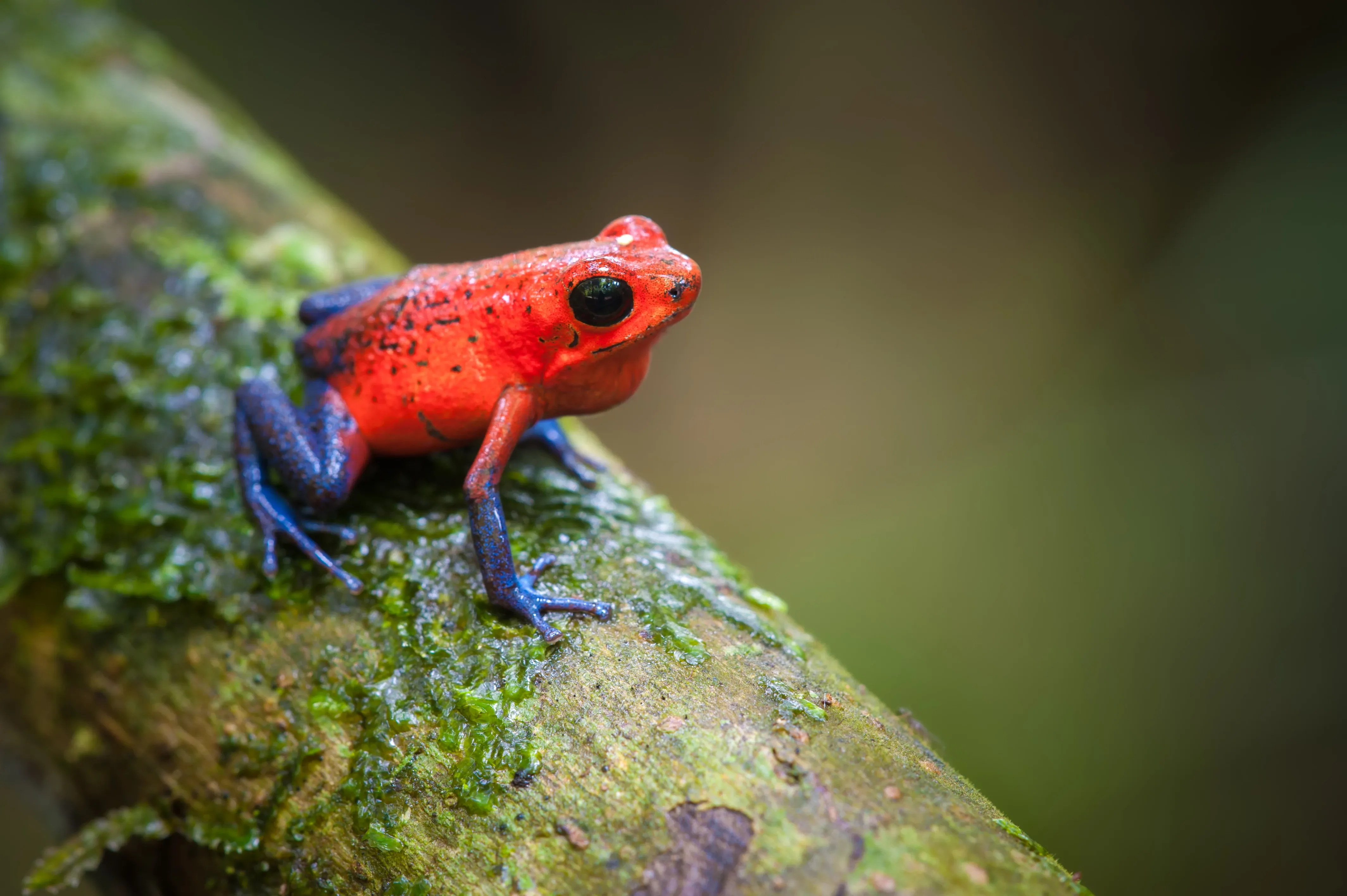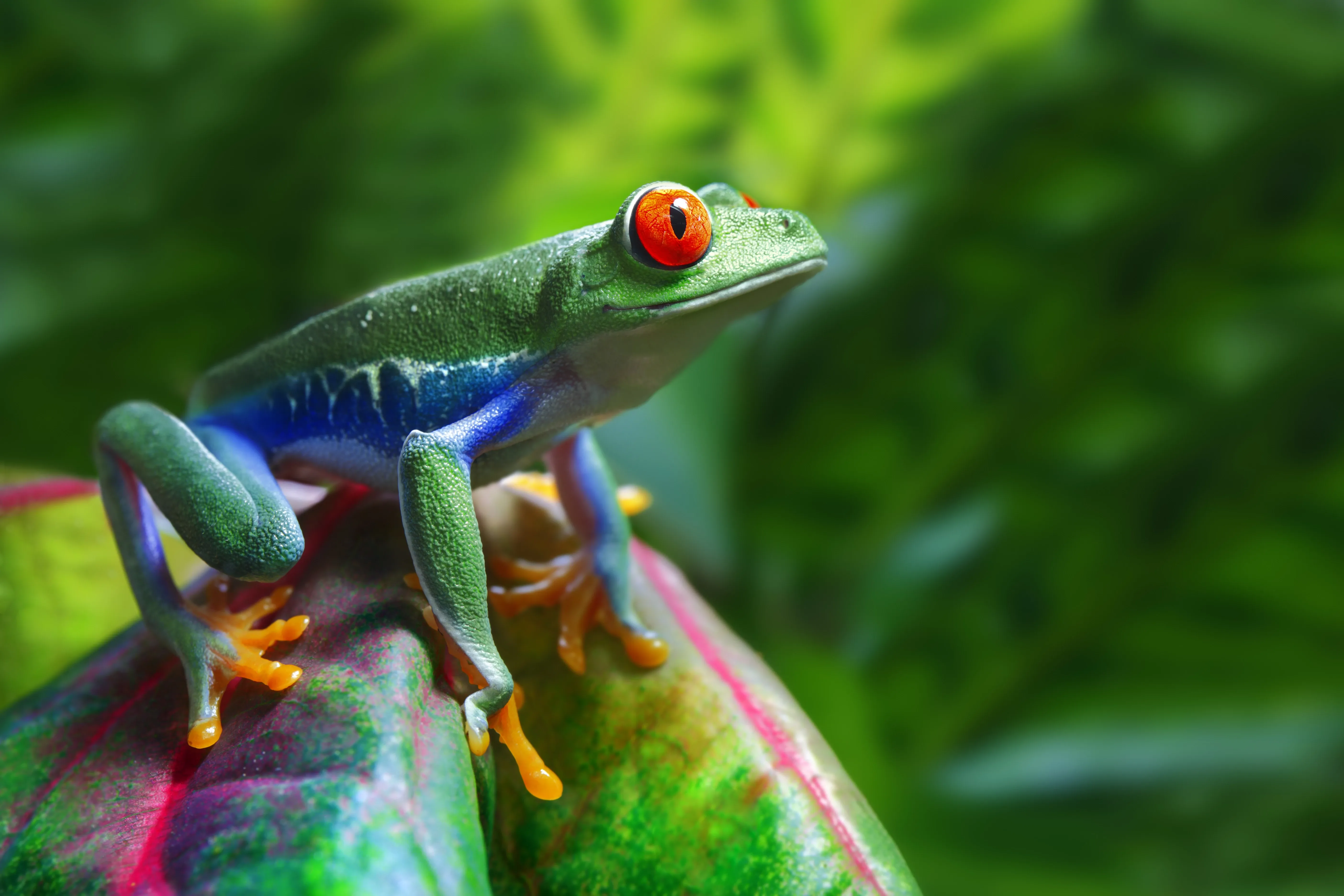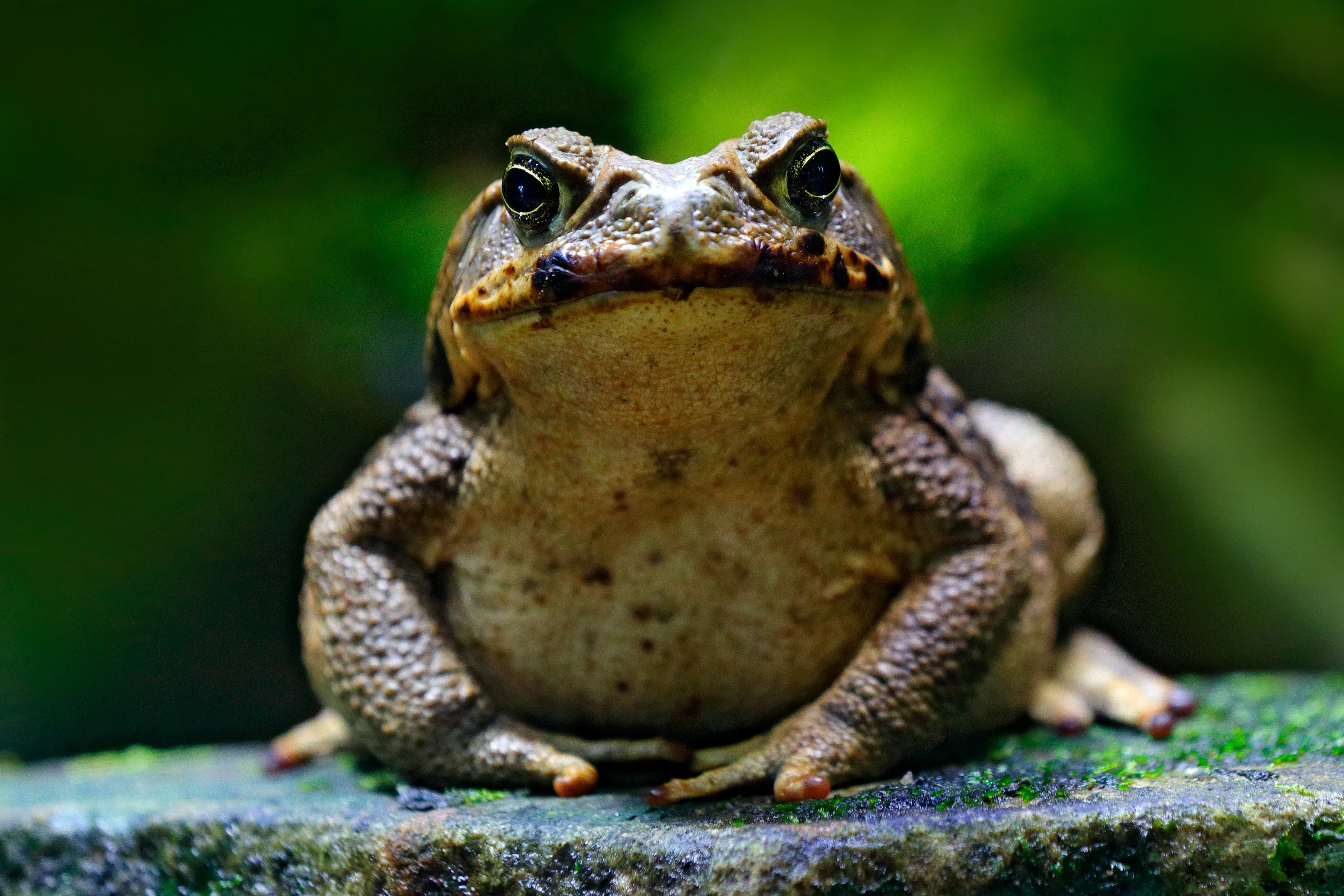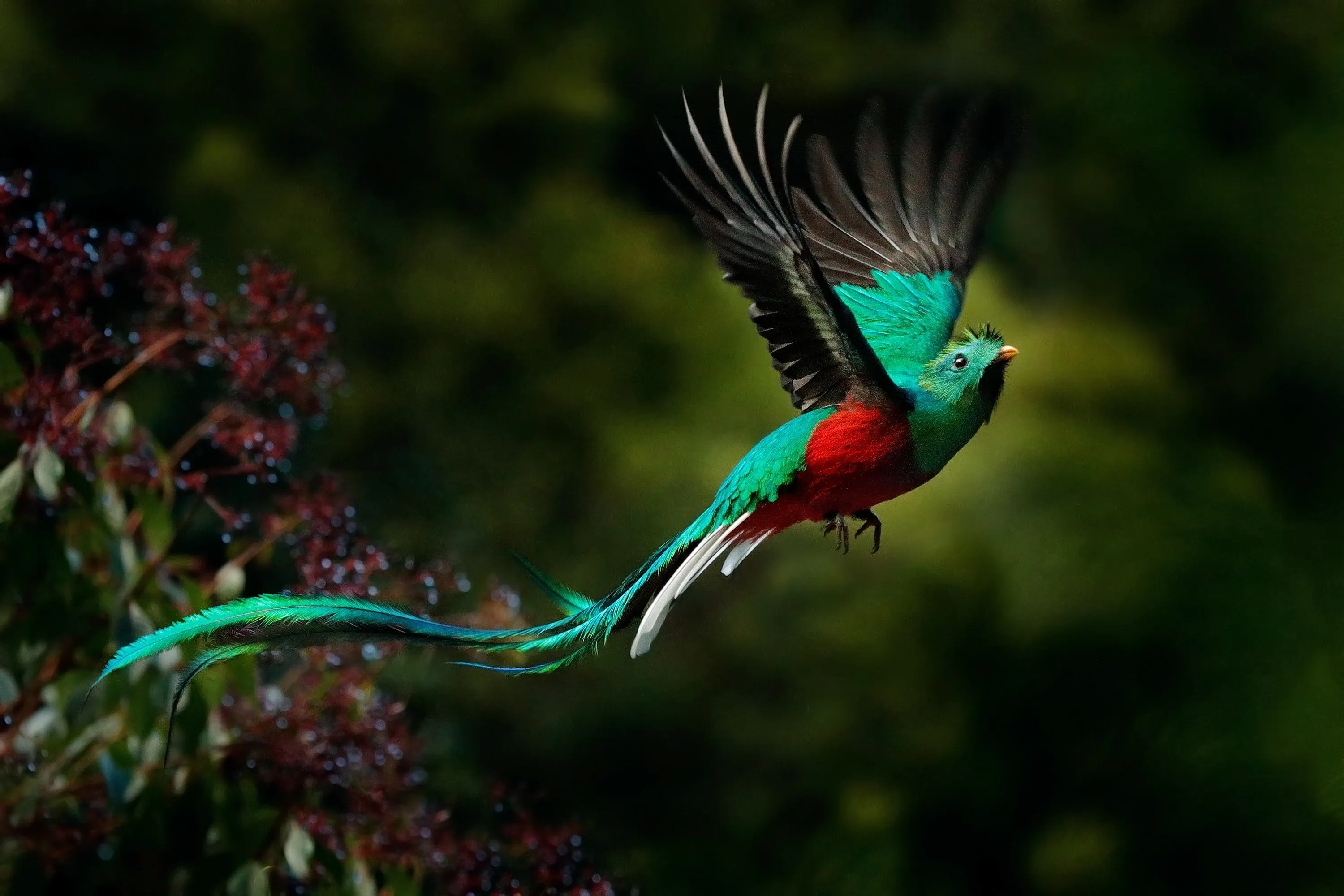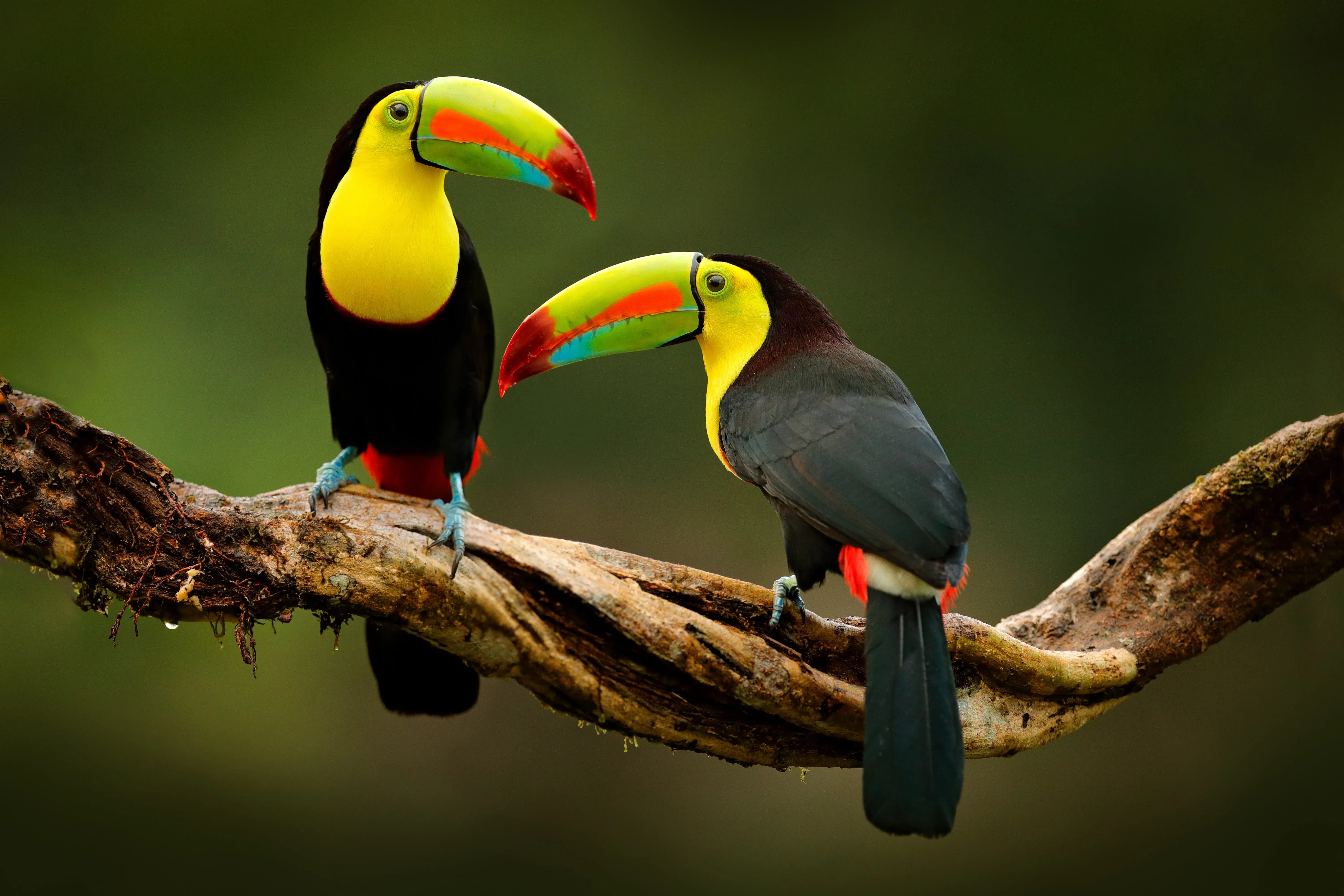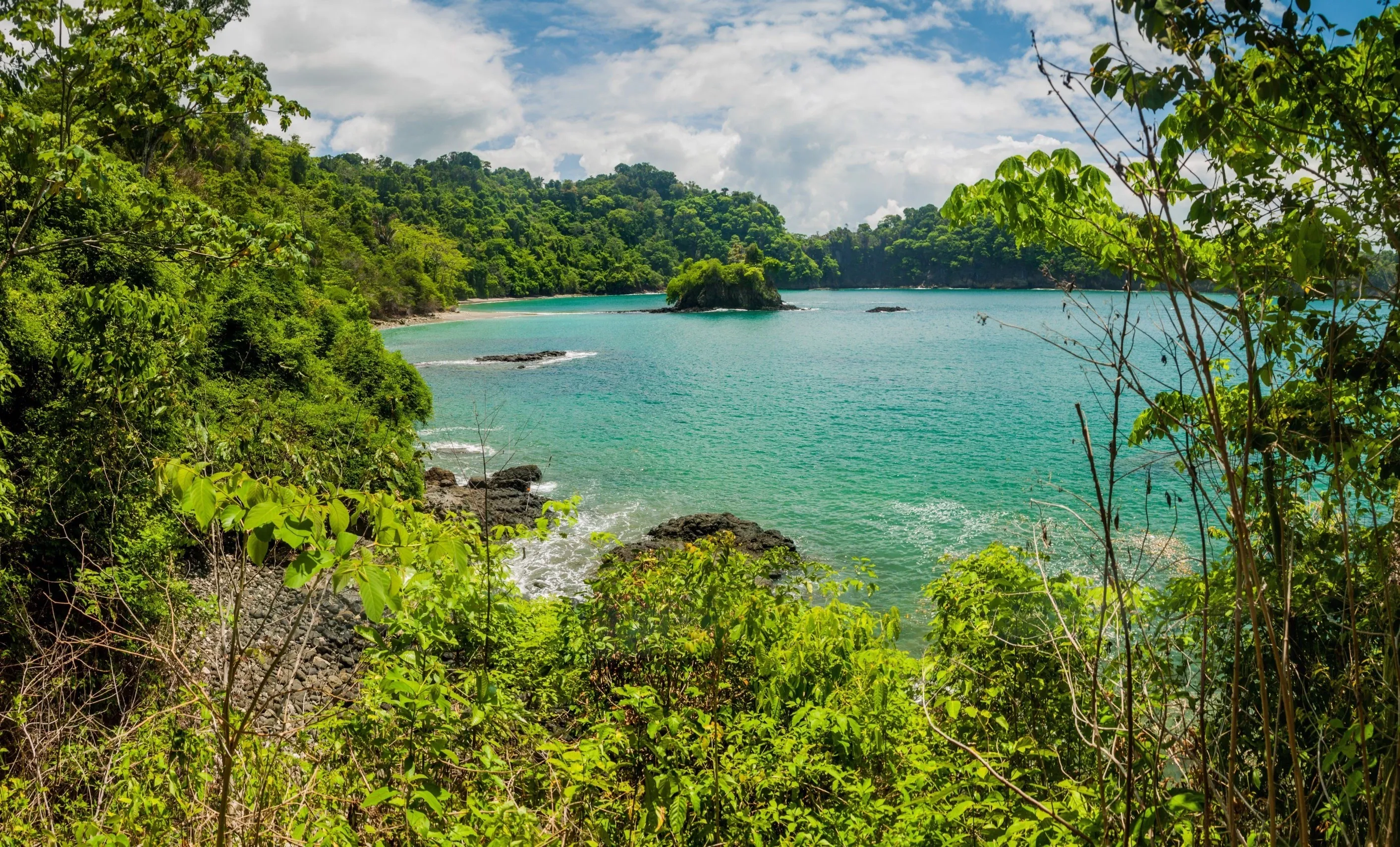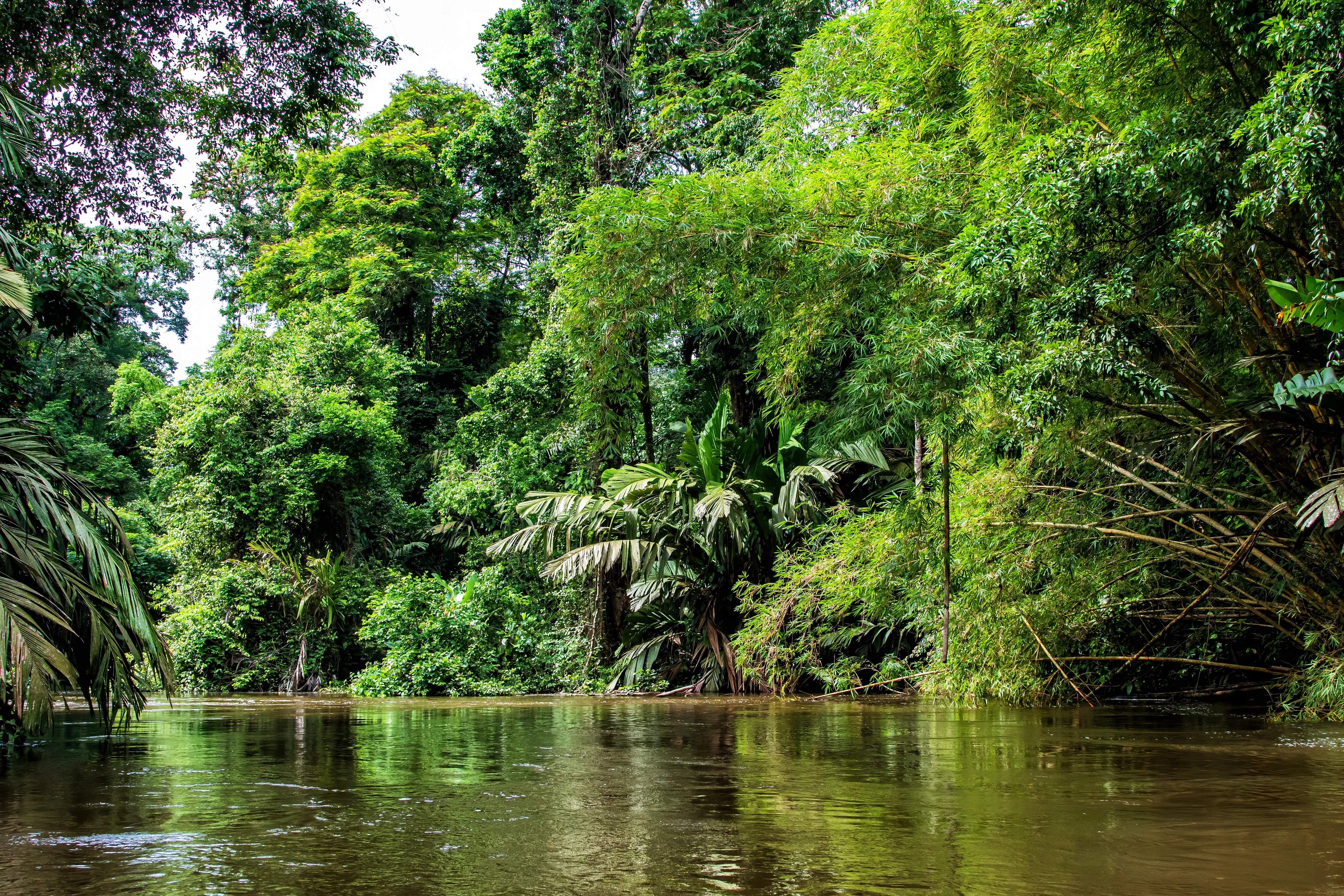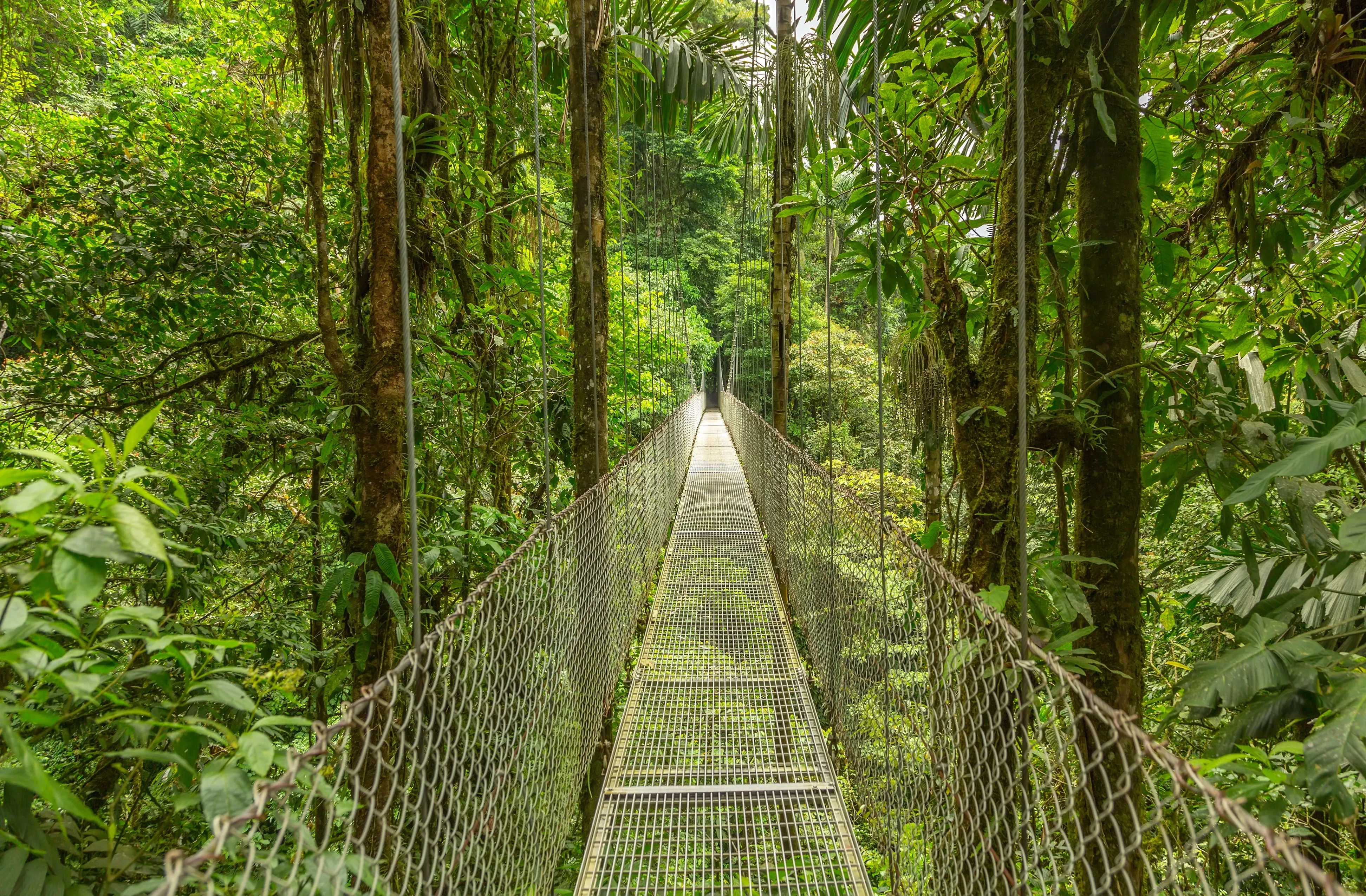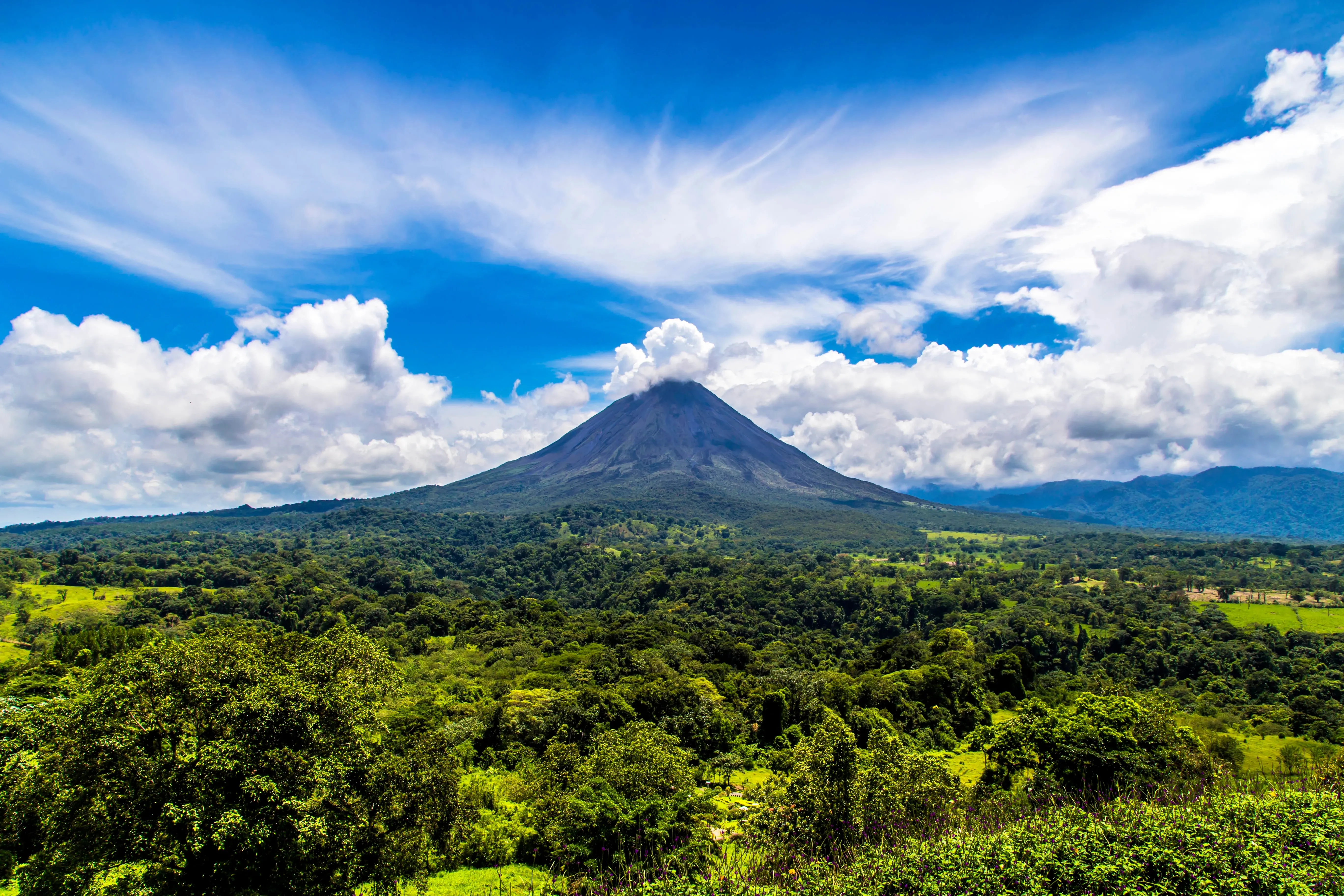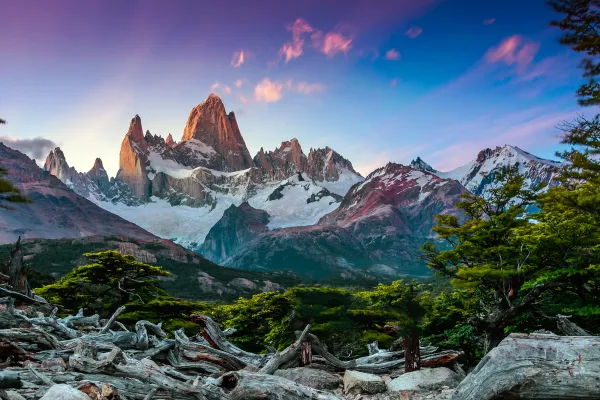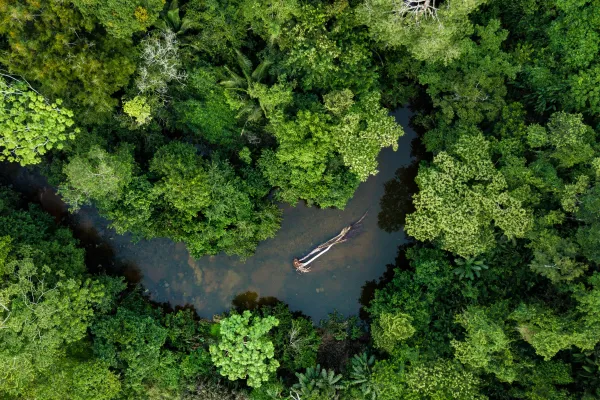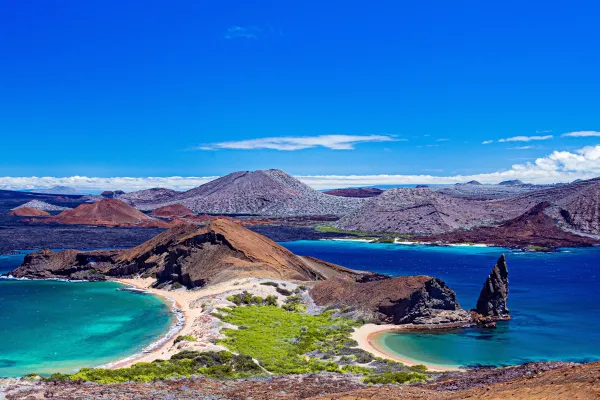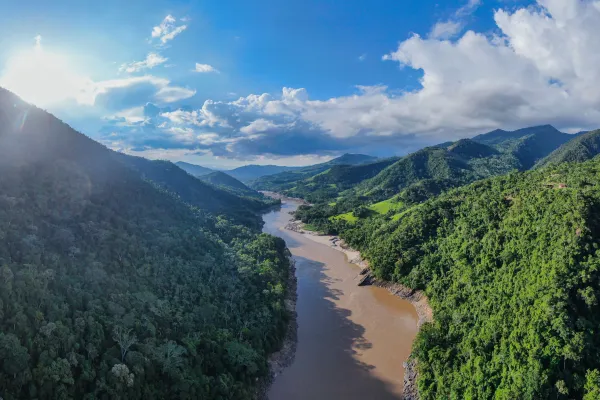Costa Rica and its rich national parks
Costa Rica is a shining example of proactive conservation. This small, slender Central American nation was the world’s first country to reverse deforestation via a planting campaign starting in 1985. Moreover, it has doubled its forest cover since 1990 while simultaneously tripling its GDP (Gross Domestic Product) – setting another world record.

Deforestation challenges
However, the country was not always so sustainable. From 1950, deforestation spiked due to increasing cattle farms, putting its rich ecosystem at risk. The practice became so rampant that Costa Rica had one of the highest rates of deforestation by the 1960s. Nevertheless, the drive to reverse environmental destruction and conserve the nation’s wilderness areas has paid off.
Statistics about the National Parks
According to the World Bank’s 2021 World Database on Protected Areas, 28.4% of Costa Rica’s natural environment is protected. Moreover, it has one of the world’s highest ratios of national parks, wildlife refuges, and nature reserves relative to its size. Most astonishingly, the country makes up a mere 0.03% of the planet’s land mass. However, it accounts for over 5% of the earth’s total biodiversity. Various global environmental organisations have recognised the country’s commitment to conservation. As a result, they are now working with the government to preserve its precious ecology.
Central American eden
Costa Rica is located between two oceans, on the narrow channel of land that connects the two Americas. It borders Panama to the south and Nicaragua to the north, while the Caribbean and Pacific flank it east and west. There are only two seasons here – rainy and dry.
Prolific summer rains and a balmy tropical climate have made it one of the greenest countries on earth. From coastal mangrove swamps to the steamy jungle and misty cloud forests, lush vegetation covers roughly two-thirds of Costa Rica’s surface.
Flora of the national parks
In total, the nation is home to over 2,000 tree species and 9,000 flowering plants. Tracts of towering, tangled rainforest canopies shelter a kaleidoscope of life, flora and fauna alike. Countless epiphytes – ‘air plants’ – thrive on tree branches and vines, their roots never touching the earth. Among them are various orchids, Costa Rica’s national plant, of which there are over 1,200 indigenous species. Other brightly coloured tropical flowers dot the forest floor in vivid bursts between the dense undergrowth.
Fauna of Costa Rica
The nation’s diverse vegetation is matched by its abundant wildlife. It supports roughly 500,000 animal species, including 240 mammal species, 250 reptiles, 175 amphibians, and 1,100 avian species. However, Costa Rica’s prolific creatures are its smallest – research suggests the country supports roughly 300,000 insect species.
Mammals
Several primate species inhabit Costa Rica’s jungles, including spider monkeys, white-faced Capuchins, and howler monkeys. Howlers are named for their eerie, barking calls that echo through the forests. Additionally, populations of rare and highly threatened red-backed squirrel monkeys still exist in some parts of the country.
The country has six wild cat species, including jaguars, pumas, margays, ocelots, and oncillos, the smallest of the lot. The last is the jaguarundi, one of the globe's more unusual felines. With its short legs, rounded nose, and small ears, it more closely resembles a mongoose or the indigenous tayra – a member of the weasel family – than a cat. The jaguarundi is diurnal and not overly shy of people. Therefore, visitors are more likely to catch a glimpse of this local wild cat than any other.
Other native mammals include myriad bat species, sloths, and Baird's tapirs. These endangered herbivores use their short, prehensile trunks to pick their favourite foodstuffs – leaves and fruit. Baird’s tapir numbers have plunged dramatically due to hunting and habitat loss, and the IUCN lists them as endangered.
Reptiles
Snakes account for the vast majority of Costa Rica’s 250-odd reptiles, with around 140 local species currently documented. Eyelash palm pit vipers and green vine snakes disguise themselves amid tree branches and leaves, while deadly fer-de-lance snakes blend seamlessly into jungle undergrowth. Crocodiles cruise silently through Tortuguero National Park's famous wetland channels.
Alternatively, they lie motionless on sunny river banks, their temporary stillness belying their capacity for speed. Furthermore, several ocean turtle species have nesting colonies on the Costa Rican coast, including threatened green, leatherback, and hawksbill turtles.
Amphibians
While frog species are disappearing worldwide, Costa Rica is a haven for these amphibians. Its prolific frog population includes red-eyed tree frogs, glass frogs, golden toads, leaf frogs, and poisonous dart frogs. The toxic, garishly coloured dart frogs lay their eggs in micro-ponds created by condensation droplets pooling into leaves and plants.
Recently, a scientist identified a new species of jungle-dwelling glass frog that bears a distinct resemblance to Sesame Street's Kermit. The researcher who discovered the amphibian has named it the Diane's Bare-Hearted Glass Frog, after his mother.
Birds
Moreover, Costa Rica's exotic bird life is a tourist attraction in its own right. Six different toucan species sport their clumsy bills in the country's protected enclaves. By day, macaws light up the jungle with brilliant multi-coloured flashes while spectacled owls haunt moonlit nights with their calls. Additionally, the country supports roughly 50 hummingbird species.
However, the most prized avian sightings are those of Costa Rica's national bird – the resplendent quetzal, which the IUCN recognises as "Vulnerable". Coloured with iridescent shades of green and deep blue against a crimson breast and sporting a long, elegant tail, the quetzal is widely considered one of the world's most beautiful birds. However, they are notoriously elusive because they remain perfectly camouflaged in the tree canopies as long as they are still. This happens most of the time, as these unique birds only feed at precise times of the day. However, the tree canopies come alive with motion and brilliant flashes of colour when quetzals take flight.
National parks of Costa Rica
Manuel Antonio National Park
Costa Rica means ‘rich coast', which certainly applies to Manuel Antonio National Park on the shores of the Central Pacific. Pristine jungle swathes the reserve's interior, melting to intermittent mangrove forests meeting the ocean. White sand beaches, calm swimming bays, and colourful coral reefs fringe the coastline. At 6.83 square kilometres, Manuel Antonio is the country’s smallest national park. However, its beauty and biodiversity more than compensate for its size. The sanctuary’s prolific resident species include two- and three-toed sloths, dwarf porcupines, boa constrictors, iguanas, caimans, crocodiles, and multiple amphibians. Additionally, several primate species inhabit its jungles. Three of these are threatened: Mantled Howlers, Red-Backed Squirrel Monkeys, and Central American Spider Monkeys.
Tortuguero National Park
Tortuguero National Park's lush rainforests, wetlands, and river channels flank Costa Rica's eastern Caribbean Coast. The reserve was founded in 1970 primarily to protect the endangered sea turtles that nest on its shores. It has one of the largest green turtle colonies on earth. The reserve also supports two other vulnerable marine turtle species – leatherbacks and hawksbills. It is best to explore the majority of this watery national park by boat, kayak, or canoe. However, its beach trails offer excellent turtle viewing in nesting and hatching season. It is also one of the country's few jaguar strongholds and has a designated jaguar trail. When to go: July to October for seasonal turtle nesting.
Monte Verde Private Reserve
Cloud forests comprise less than 1% of the planet's land mass and are among its most threatened ecosystems. Monte Verde Private Reserve is one of the last few remaining cloud forests on earth. Moreover, its outstanding birdlife makes it one of Costa Rica's most popular ecotourism destinations.
Arenal Volcano National Park
The Arenal Volcano was Costa Rica's most active volcano for many years. However, it went abruptly quiet in 2010. The national park surrounds the volcano, its lush rainforests forming an emerald carpet around the iconic peak. You can go hiking on old lava fields, take a walking canopy tour, or zip lining between the treetops.
Furthermore, you will find natural hot springs dotted around the park. These steaming geysers offer visitors the chance to soak weary muscles in mineral-rich thermal waters after exploring the park.
Corcovado National Park
Corcovado is Costa Rica's largest national park, sprawling over 400 square kilometres of the deep southern Osa Peninsula. It is a trekking mecca, with trails ranging from easy beginner routes to extreme hikes meant only for professionals.
The park is home to several primate species, including the red-backed squirrel monkey, a rare and highly endangered species. Corcovado and Monte Verde national parks are among only a few locations across Central America where these tiny primates still exist.
Sign up for the newsletter
By clicking on “Subscribe now” I will subscribe to the Conscious Explorer newsletter with all the information about mindful travel. Information on the success measurement included in the consent, the use of the shipping service provider MailChimp, logging of the registration and your rights of revocation can be found in our privacy policy.


